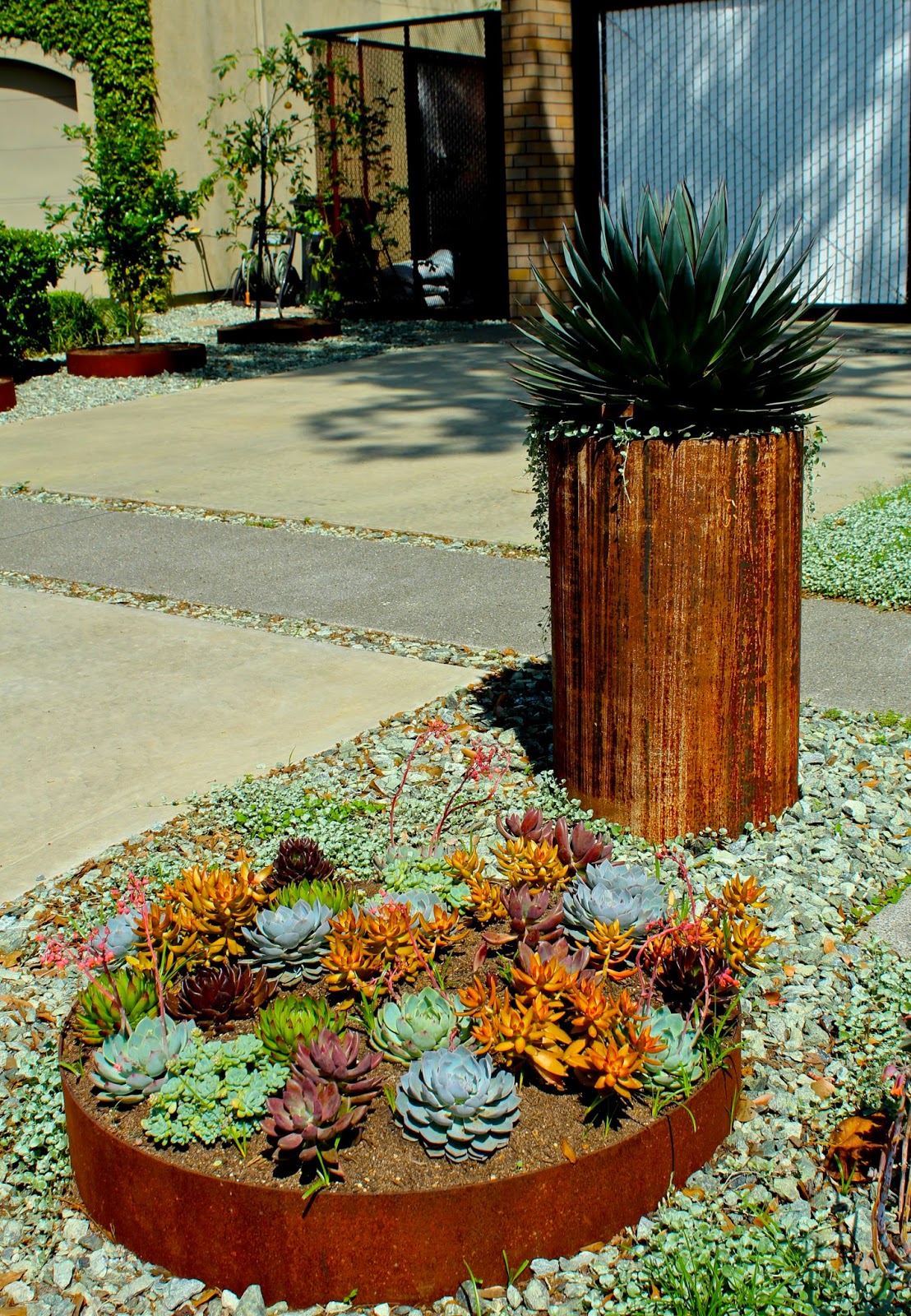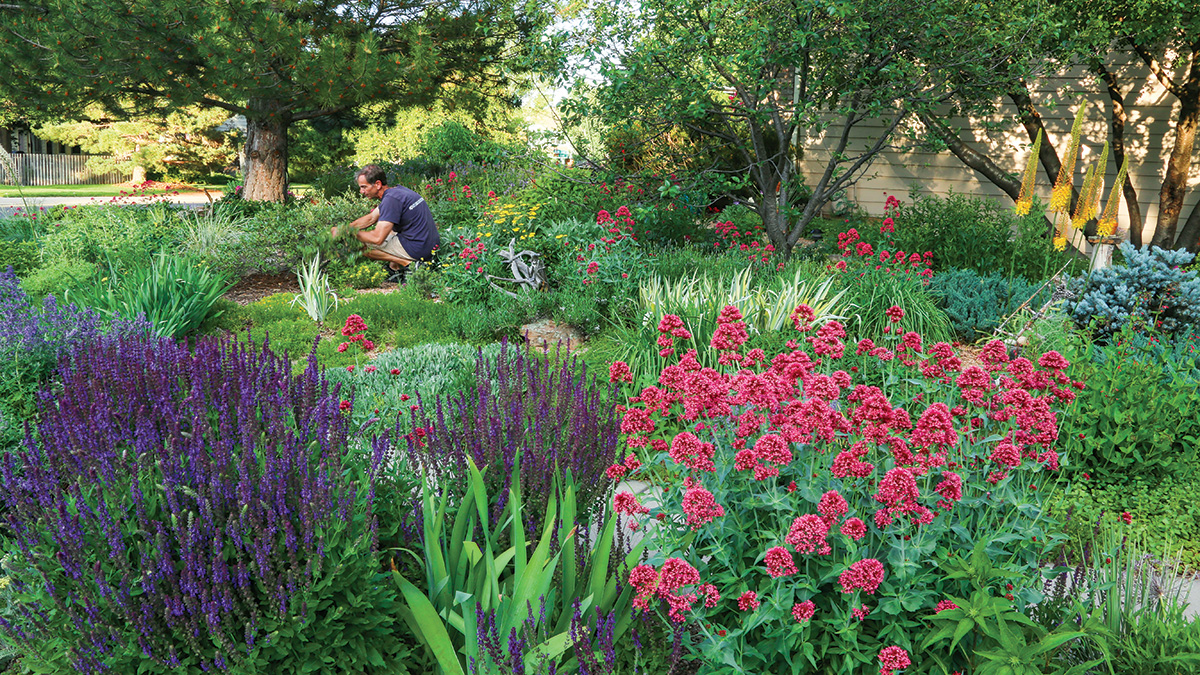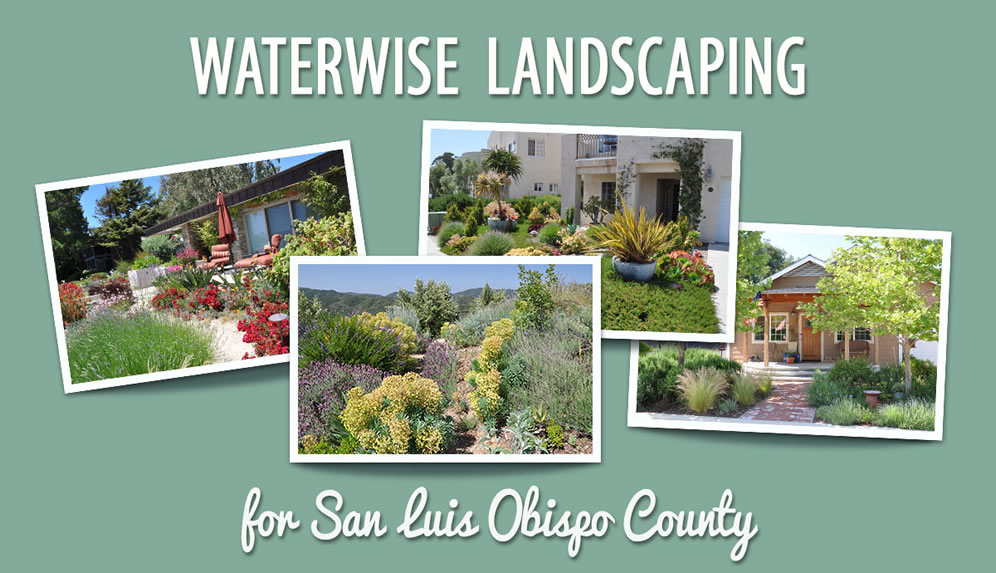All Categories
Featured
Table of Contents
- – Landscape Design Company Brea, CA
- – Pacific Green Landscape Maintenance
- – Construction Landscaping Brea, CA
- – Landscape Design Planner Brea, CA
- – Yard Design Brea, CA
- – Landscape Design And Installation Brea, CA
- – Landscaping Design Company Brea, CA
- – Landscape Design Services Brea, CA
- – Landscape Consultants Near Me Brea, CA
- – Landscape Design Planner Brea, CA
- – Landscape Designers In My Area Brea, CA
- – Green Landscaping Company Brea, CA
- – Landscape Consulting Brea, CA
- – Landscaping Design Company Brea, CA
- – Landscape Design And Installation Brea, CA
- – Pacific Green Landscape Maintenance
Landscape Design Company Brea, CA
Pacific Green Landscape Maintenance
6530 Whittier Ave Whittier, CA 90601-3919(562) 203-3567
Pacific Green Landscape Maintenance
Choose plants based upon height, size, shape, shade, and form that will ideal help accomplish the style goals. Plants can be made use of to preserve energy or water, block undesirable views or sound (dense plant material), control disintegration on steep slopes (reduced growing groundcovers) and attract birds, butterflies and . There are numerous resources for water-wise plant lists and tree option that are searchable by preferred features and water usage.
This does not necessarily imply that water-wise landscapes are made up totally of indigenous plants. Some native plants, such as Aspen, do not normally do well at the elevations and water levels in a lot of yards as they are adjusted to high altitudes and wet-meadow circumstances. There are several plants from various other completely dry regions all over the world that are well-adapted to match the low-water demands of our region.
Likewise, bear in mind that smaller sized plants have a tendency to have lower water needs than larger plants. Assume regarding the timing of the vegetation, flower and seed head display screens of the planting material to make sure interest all year. Try to Incorporate springtime, summer and fall passion in each growing team to make sure that no place in the landscape looks bare.
Call your regional Utah State College Area County agent or go to the USDA Plant Strength Website to learn the strength zone of your location. Grass have numerous advantages consisting of cooling impacts, erosion control, water filtering and water seepage. Lawns can withstand trampling and play that nothing else plant can deal with.
Construction Landscaping Brea, CA
With careful selection and reliable watering, yards can be a vital component of the low-water landscape. Of the 7 leading concepts of water-wise landscape design (a.k.a. Xeriscaping), the most debatable includes the usage of turfgrass in the landscape.
Buffalo lawn (right) is an excellent lawn option for Intermountain landscapes. The reason that turfgrass is discussed especially in water-wise landscaping standards is that there is fantastic prospective for over-irrigation of turfgrasses. Unlike various other plants that display the anxieties of over-watering conveniently, turfgrass is able to withstand a good deal of over-irrigation without displaying signs of stress and anxiety.
Landscape Design Planner Brea, CA
These facts coupled with a "a lot more is always much better" attitude toward landscape irrigation, predispose turfgrass areas to over-irrigation. Brea Landscape Consultants Near Me. Turfgrass has some extremely particular advantages in the landscape. It is the only landscape plant material that can hold up against the anxieties of website traffic and mowing that are commonly applied to it.
And mowed yards are a typical component of several city fire control strategies. Turfgrass additionally provides lots of other environmental advantages. One such advantage is a reduction in the amount of surface area overflow water. This is a vital part to shielding water high quality. A typical golf program, for example, can soak up 4 million gallons of water throughout a 1-inch rainstorm.
Yard Design Brea, CA

If the only time a lawn location gets web traffic is when it's mowed, perhaps a reduced maintenance plant would function in that area. In Utah, specific varieties of various turfgrass varieties perform far better. These might be located in the publication Turfgrass Cultivars. This notice additionally talks about the characteristics and applications of typically made use of turfgrass types in Utah.
If the turfgrass is not executing a practical duty, does it truly require to be watered? In these kinds of places, there are lots of other plants that are extra functional options.
Also, come to be acquainted with the real water demands of the turfgrass and don't exceed them. For instance, trimming at an elevation of 2 or 3 inches will encourage much deeper rooting and enhanced heat and dry spell tolerance. Correct fertilization will additionally support healthy turfgrass and enable it to endure the stresses of warmth and dry spell better.
Landscape Design And Installation Brea, CA
Compost covers the soil and prevents crusting, compaction, and water evaporation, while additionally giving a crucial visual style aspect. Selecting the best mulch for the situation is reliant on plant option, sprinkling program and website usage.
Compost covers the dirt and prevents crusting, compaction, and water evaporation. Mulch can give numerous benefits in water-wise landscapes. Compost covers the dirt and stops crusting, compaction, and water dissipation. Mulching around trees, bushes, and in flower beds can result in a ten-fold decrease in evaporative water loss from dirt.
Landscaping Design Company Brea, CA

Mulch likewise decreases the variety of weeds in a water-wise landscape by preventing light-induced germination of weed seeds. With less weeds, less farming is called for, which can protect against damage to plant origins, soil framework, and dirt organisms. On top of that, compost moderates dirt temperature and secures plant roots. In winter season, moderation of dirt temperature can stop plants from heaving out of the ground as a result of freezing and thawing.
Organic composts consist of materials such as timber or bark chips, shredded bark, nut shells, want needles, or various other disposed of plant components. These materials have the possible to enhance dirt framework, rise dirt fertility, avoid compaction, and increase dirt natural matter as they damage down and are incorporated right into the dirt.
To guarantee ample water seepage and aeration and to slow disintegration, ensure compost fragments are bigger than the underlying dirt fragments (normally bigger than a half inch in size). Recycled plant materials have to be devoid of weed seeds, disease-causing organisms, and chemical and herbicide deposits. You can either utilize disease-free plant parts that have not been chemically treated, or you can compost your compost before usage.
Nitrogen loss can be avoided by utilizing composted mulch or by including nitrogen at a rate of 1-2 lbs real N per 1000 ft2. In time, organic mulches break down and will require to be restored. Replenishment can be achieved simply by including more compost over the top of the disintegrated mulch material.
Landscape Design Services Brea, CA
The decision regarding which to utilize will rely on the sort of landscape, the reason for its usage, and its accessibility. Examples include gravel or smashed rock, lava rock, recycled rolled glass, and rocks of different sizes, shapes, and colors. The dimension of not natural mulch fragments ought to complement the scale of the landscape.
A 2-inch thick layer of compost needs about 6 cubic lawns of material per 1000 square feet of location. Leave a couple of inches of mulch-free area around the base of woody plants to stop root collar conditions and rodent damages. The ideal time to apply mulch is right away after growing in the fall, or in the springtime after the dirt has warmed up.
In addition to conserving water, proper irrigation can urge much deeper origin growth and much healthier, more dry spell tolerant landscapes. A vital component of water-efficient landscaping is producing hydrozones for your watering requires. To provide adequate water to all plants without over or under-watering some, group plants with similar irrigation requires in one area.
Landscape Consultants Near Me Brea, CA
An additional important aspect of irrigation preparation consists of regular upkeep of the system. Regular monthly examination of the irrigation system, while in usage, will certainly aid you to discover and repair any type of damaged, misaligned, or stopped up lawn sprinkler heads and keep your system running efficiently. Drip Irrigation systems consists of plastic pipelines with emitters that provide water directly to plants.

Strategy and style watering systems to make sure that turfgrass areas are irrigated separately from various other landscape plants. There are several sources readily available to figure out the appropriate watering schedule for turf areas in Utah. from the Utah Department of Water Resources from the Utah Division of Water Resources Trees and hedges have much deeper and much more extensive root systems than turfgrass so they need to be watered much less often however, for longer time periods.
It is essential to figure out sub-surface dirt dampness. Dirt wetness can be identified making use of a soil wetness probe. Trees or bushes need to be sprinkled to a deepness of 18-20 inches. The amount of water to use in any circumstance depends on the soil kind. Sandy soils absorb water the fastest (regarding 2" per hour), adhered to by loam dirts (3/4" per hour).
Landscape Design Planner Brea, CA
By permitting water to permeate deeper right into the dirt account, you are urging much deeper rooting and an even more drought tolerant plant. Frequent, light irrigation will certainly cause plants that have a superficial root system and that are a lot more vulnerable to water stress and anxiety. When making use of lawn sprinkler about 1/2 -1 inch of water might be required weekly for bushes and smaller sized trees (
As with lawn sprinkler, purge the drip system prior to running it by removing the emitters and letting water run with the tubing for a few minutes to flush out any dirt and debris. Replace emitters and run the system, one shutoff at a time, to inspect for troubles. Basic winterization of an automatic sprinkler is rather simple.
Each valve needs to be transformed on to launch stress in the pipelines and water need to be drained pipes from the system to secure any type of elements that can freeze. Your system might have drainpipe valves that can be opened for drain, or you might have to burn out the system making use of air.
Landscape Designers In My Area Brea, CA
Inspect your water supply at the start of the period to adjust any heads and make certain there was no damages over the winter season. The Water Inspect program offers free watering sign in lots of Utah regions. To discover out more, or to learn just how to examine your system on your own, go to the CWEL Water Examine web page.
A weed is simply a plant out of area. Keeping that in mind, any plant can be a prospective weed if it crowds out or utilizes up sources needed for desirable plants. Brea Landscape Consultants Near Me. Some "small" plants come to be such a trouble that they wind up being stated "toxic" in a specific area
Remember that water used by a weed is unavailable to preferable plants. Weeds can be annuals (sprout, reproduce, and die in one period) or perennials (make it through over numerous years). It is very important to learn to identify and identify weeds in the seedling phase since this will identify your ideal control alternatives.
Green Landscaping Company Brea, CA
Yearly weeds that have not gone to seed can be composted, yet perennial weeds need to always be disposed of in the trash. Hoeing and tilling are alternatives to hand-pulling, however treatment must be taken about developed growings so you do not disrupt or ruin the origins of preferable plants. should be made use of around landscape plants to inhibit weeds and save water.
Weed plants that do show up in mulched locations are a lot easier to hand-pull, as long as you capture them early. Organic composts will certainly need to be rejuvenated on a regular basis as they gradually decompose. Do this by roughing up the old mulch and including a light layer of new compost over the top.
Landscape Consulting Brea, CA
Similar to lawn sprinkler, flush the drip system prior to running it by eliminating the emitters and letting water go through the tubes for a couple of mins to eliminate any dust and debris. Replace emitters and run the system, one valve at once, to examine for troubles. Fundamental winterization of an automatic sprinkler is fairly straightforward.
Each shutoff ought to be turned on to launch stress in the pipes and water must be drained from the system to shield any components that could freeze. Your system might have drainpipe valves that can be opened up for water drainage, or you might need to blow out the system using air.
Landscaping Design Company Brea, CA
Examine your water system at the beginning of the period to change any type of heads and make certain there was no damages over the winter season. The Water Examine program offers totally free irrigation sign in lots of Utah counties. To locate out a lot more, or to discover just how to check your system on your own, go to the CWEL Water Inspect page.
A weed is merely a plant out of area. Keeping that in mind, any plant can be a possible weed if it crowds out or consumes resources required for desirable plants. Some "scraggy" plants become such a trouble that they end up being stated "toxic" in a specific area.
Keep in mind that water made use of by a weed is inaccessible to desirable plants. Weeds can be annuals (sprout, recreate, and pass away in one season) or perennials (make it through over several years). It is necessary to learn to acknowledge and classify weeds in the seed starting stage because this will certainly identify your ideal control options.
Annual weeds that haven't gone to seed can be composted, but perennial weeds need to always be disposed of in the trash. Hoeing and tilling are alternatives to hand-pulling, yet treatment should be taken about established growings so you don't disrupt or destroy the roots of preferable plants. should be utilized around landscape plants to inhibit weeds and conserve water.
Landscape Design And Installation Brea, CA
Pacific Green Landscape Maintenance
Address: 6530 Whittier Ave Whittier, CA 90601-3919Phone: (562) 203-3567
Email: pacificgreencompany@gmail.com
Pacific Green Landscape Maintenance
Weed seed startings that do come up in mulched areas are much less complicated to hand-pull, as long as you catch them early. Organic mulches will require to be freshened regularly as they gradually disintegrate. Do this by roughing up the old mulch and including a light layer of brand-new mulch over the top.
Landscape Design Planner Brea, CADrought Tolerant Landscape Design Brea, CA
Green Landscape Brea, CA
Landscape And Design Brea, CA
Local Landscape Designers Brea, CA
Landscape Design And Installation Brea, CA
Local Landscape Designers Brea, CA
Landscape Designers In My Area Brea, CA
Landscape Designers Brea, CA
Front House Landscaping Brea, CA
Landscape Companys Brea, CA
Landscape Designer Brea, CA
Landscape Designers Brea, CA
Green Landscaping Company Brea, CA
Landscape And Design Brea, CA
Local Landscape Designers Brea, CA
Landscape Designer Brea, CA
Landscape Companys Brea, CA
Design Landscape Brea, CA
Landscape Design Installation Brea, CA
Landscape Design & Construction Brea, CA
Landscape Designers In My Area Brea, CA
Landscape Design And Construction Brea, CA
Landscape Designer Brea, CA
Landscape Design Installation Brea, CA
Landscape Design Companies Brea, CA
Water Wise Landscaping Brea, CA
Landscape Design Companies Brea, CA
Landscape Consultants Near Me Brea, CA
Landscape Design Services Brea, CA
Landscape Design & Construction Brea, CA
Landscape Companys Brea, CA
Landscape Companys Brea, CA
Landscape Design And Installation Brea, CA
Landscape Design & Construction Brea, CA
Landscape Design And Installation Brea, CA
Landscape Designers Brea, CA
Landscape Design And Installation Brea, CA
Landscaping Designers Brea, CA
Drought Tolerant Landscape Design Brea, CA
Local Landscape Designers Brea, CA
Landscape Consultants Near Me Brea, CA
Landscape Consulting Brea, CA
Drought Tolerant Landscape Design Brea, CA
Landscape Consultants Near Me Brea, CA
Landscape Designer Brea, CA
Green Landscaping Company Brea, CA
Landscape Design And Construction Brea, CA
Local Landscape Designers Brea, CA
Drought Tolerant Landscape Design Brea, CA
Drought Tolerant Landscape Design Brea, CA
Yard Design Brea, CA
Green Landscape Brea, CA
Green Landscape Brea, CA
Landscape Design Planner Brea, CA
Landscape Design Services Brea, CA
Landscape Design & Construction Brea, CA
Landscape Design And Construction Brea, CA
Landscape Design And Construction Brea, CA
Landscape Design Company Brea, CA
Landscaping Designers Brea, CA
Landscaping Designers Brea, CA
Landscape Consultants Near Me Brea, CA
In Seo Marketing Company Brea, CA
Around Here Seo Services For Small Business Brea, CA
Pacific Green Landscape Maintenance
Table of Contents
- – Landscape Design Company Brea, CA
- – Pacific Green Landscape Maintenance
- – Construction Landscaping Brea, CA
- – Landscape Design Planner Brea, CA
- – Yard Design Brea, CA
- – Landscape Design And Installation Brea, CA
- – Landscaping Design Company Brea, CA
- – Landscape Design Services Brea, CA
- – Landscape Consultants Near Me Brea, CA
- – Landscape Design Planner Brea, CA
- – Landscape Designers In My Area Brea, CA
- – Green Landscaping Company Brea, CA
- – Landscape Consulting Brea, CA
- – Landscaping Design Company Brea, CA
- – Landscape Design And Installation Brea, CA
- – Pacific Green Landscape Maintenance
Latest Posts
House Washing Mira Loma
Driveway Pressure Washing Service Norco
Roof Cleaning Services Rialto
More
Latest Posts
House Washing Mira Loma
Driveway Pressure Washing Service Norco
Roof Cleaning Services Rialto